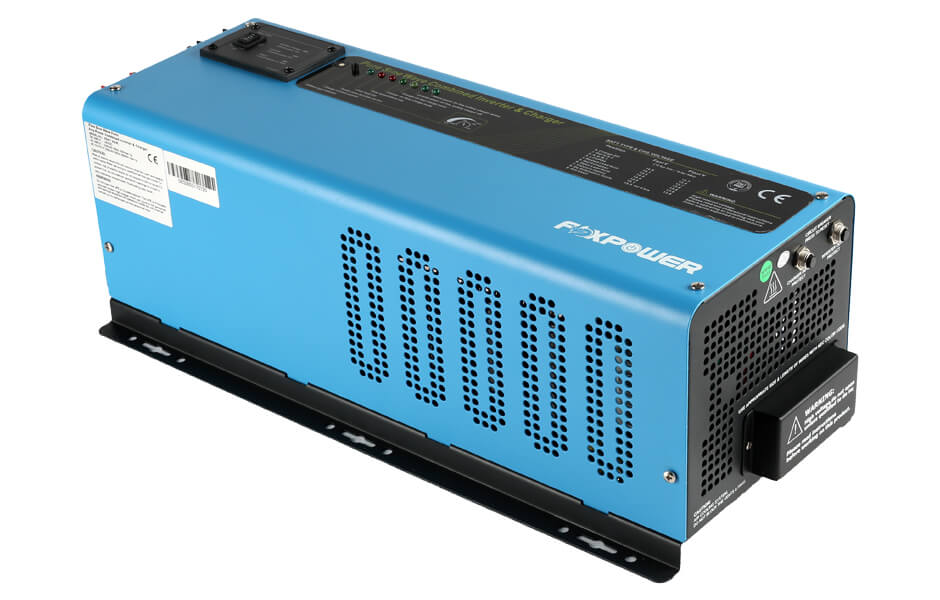We know that inverters convert AC current into DC when charging itself, and vice versa when producing itself as a battery bank. So, how does it actually work? Does it work any different when using off grid solar inverter charger? Usually, most inverters of today have inverters with built in charger. Hence, the entire AC-DC conversion and DC-AC conversion is done in a two-in-one direction. Listed below is the functioning and types of an inverter- charger system.
Working
DC current or direct current is basically, switching off your electric supply- once on, and then in the next moment off. However, this has to be done very rapidly. AC current or alternating current is basically reversing the entire flow of current 60 times a second! To get the work done you need to have an electromagnetic device such as a transformer and two coil wound up around a soft iron core (serving as primary and secondary wire).
When using a mechanical inverter, this switch happens with the help of an electric motor. This flipping or switching device switches the primary to the secondary and vice versa, hence generating AC current.

Types of Inverter
Heavy appliances like fridge, kettles, etc don’t really care about what kind of wave of energy they get. They only require lots and lots of energy. As for electric devices, they are really fussy about the type and shape of wave, and they require a smooth sine wave.
Hence, inverters come in two types- Pure Sine Wave Inverters (PSW) and Modified Sine Wave Inverters (MSW).
Like the name suggests, PSWs come in a donut like shape and convert DC current into AC which will help to power TVs, computers and other electrical devices by generating the required sine waves. When it comes to MSWs, they are standalone units and do not generate perfectly smooth sinusoidal waves.





